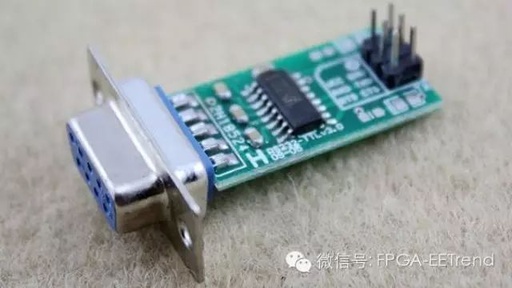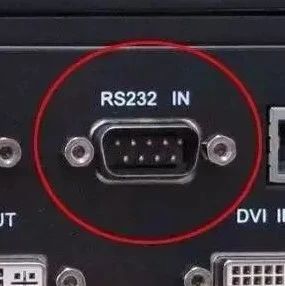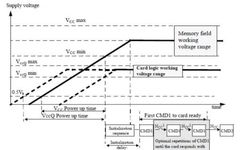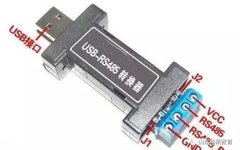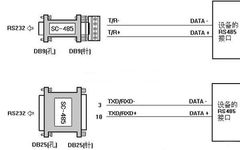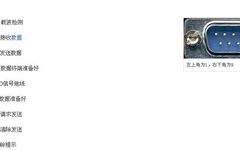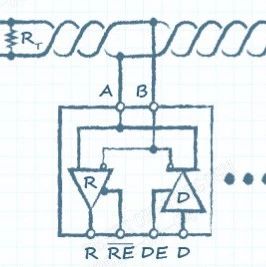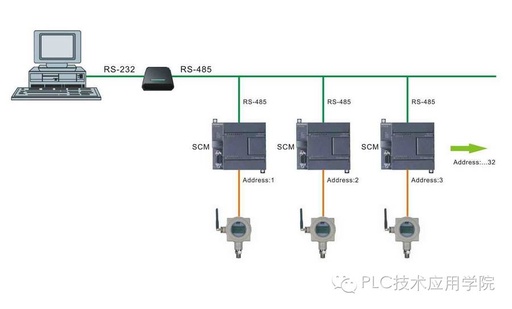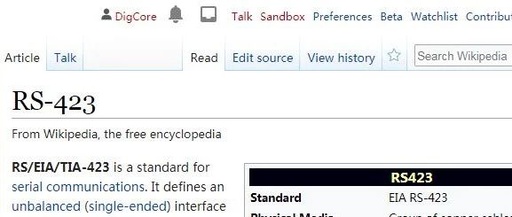Choosing and Using RS-232, RS-422, and RS-485 Serial Data Standards
Abstract: This article introduces three common serial data standards: RS-232, RS-422, and RS-485, according to their technical specifications and electrical interfaces. It discusses cable termination techniques, the use of multiple loads, RS-232 daisy chain connections, conversion from RS-232 to RS-485, conversion from RS-485 to RS-232, and powering RS-485 conversion from RS-232 ports. Introduction “The wonderful … Read more
